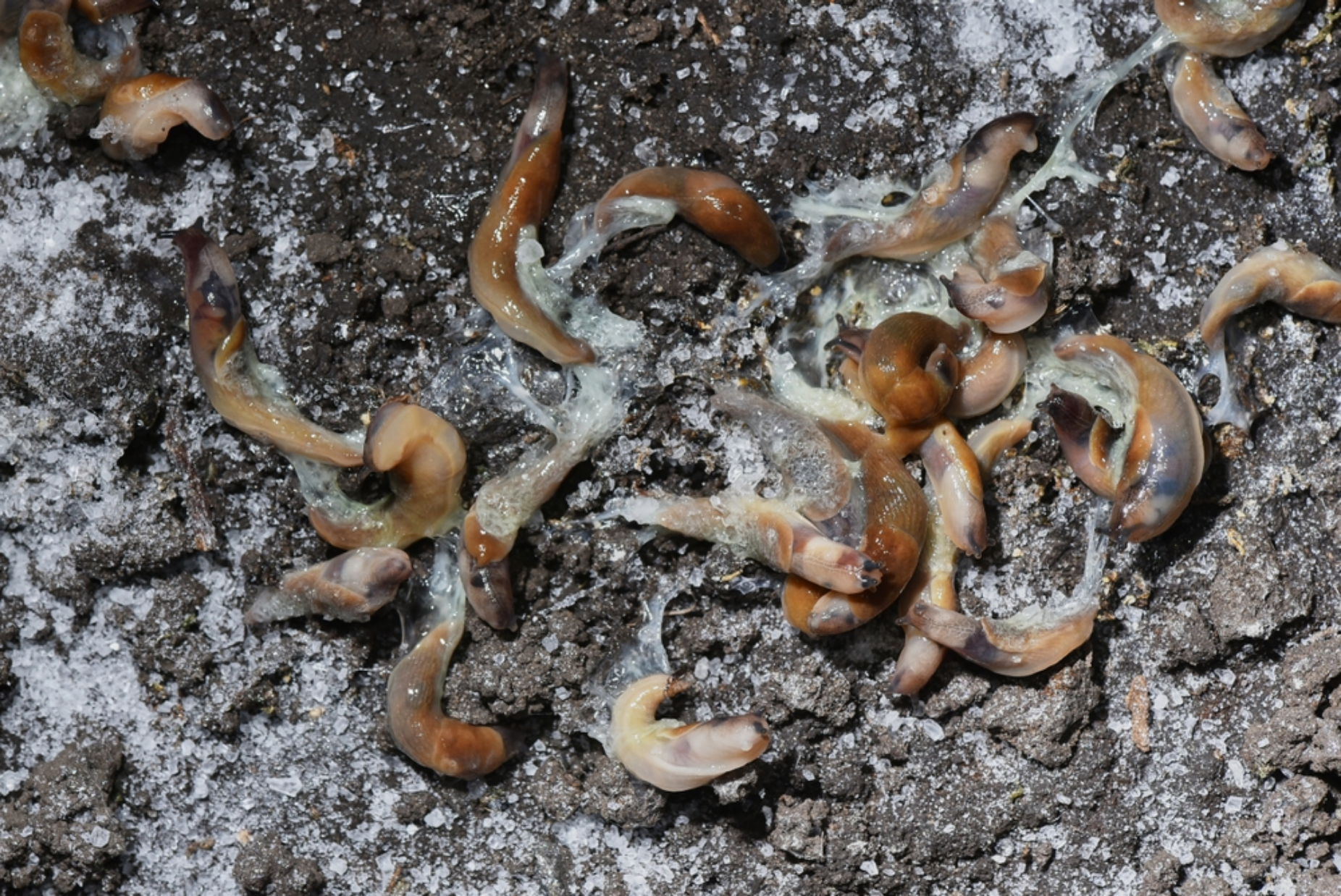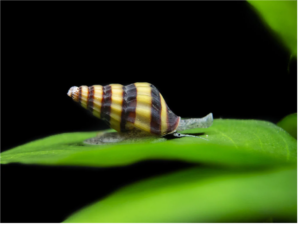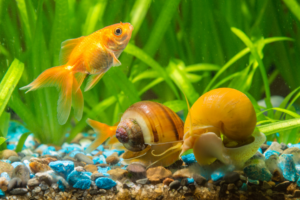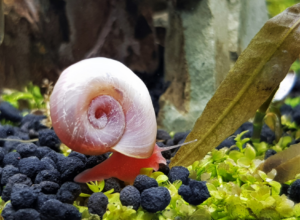While some may find fascination in the graceful movements of snails and slugs, farmers and gardeners have long regarded them as formidable adversaries. Desperate to protect their livelihood, farmers have resorted to an unusual weapon in their battle against these voracious pests: salt. Why does salt have the power to vanquish snails and slugs?
Salt kills slugs and snails because it draws out water from their bodies, ultimately leading to their dehydration and demise. When salt touches their bodies, osmosis occurs, and salt particles enter through their cell membranes. This leads to water loss, dehydration, and eventual death.
This article aims to provide comprehensive answers and delve into the scientific explanation behind this phenomenon. Moreover, you will uncover alternative methods for effectively deterring these creatures without resorting to their death.
The Science Behind the Deadly Salt: Why It Kills Slugs and Snails
Snails and slugs rely on moisture to stay alive. During the rainy season, they often emerge, while they retreat during dry periods.
If a garden is consistently watered, snails can dominate the area. This dependence on hydration is crucial for their survival, as the absence of water leads to their demise.
Dryness in the immediate environment also affects the reproductive activities of snails. Depending on dryness, they may reduce or completely cease their reproductive endeavors.
The onset of rainfall triggers active reproduction, especially among species like the Giant African Land snail, which prefers the moist conditions of the rainy season. The temperature range of 71.6°F to 89.6°F (22°C to 32°C) is particularly favorable for their reproduction.
Snails and slugs cannot endure extremely hot conditions, which disrupt their physiological functions, including reproduction. While snails can survive the dry season through prolonged dormancy, excessively arid conditions result in widespread mortality.
Similarly, the direct application of salt onto the outer covering of snails and slugs leads to their death. The death caused by salt is often seen as accidental.
When exposed to salt, these slimy creatures produce more mucus and slime as a defense mechanism and to cleanse themselves. Unfortunately, they continue producing excessive mucus until they deplete their stores. Once they run out of slime, death follows.
Is It Cruel to Put Salt on Slugs and Snails?
Without a doubt, the act of putting salt on slugs and snails is undeniably cruel. This inhumane way to kill slugs and snails ultimately leads to the death of these defenseless creatures.
Applying salt initiates osmosis within their bodies, resulting in a slow and agonizing demise as they gradually lose the vital water they require for survival. It is akin to the discomfort a human would experience if salt were poured into their eyes.
The suffering inflicted upon these creatures through such means is truly distressing and should be approached with empathy and compassion.
Please read this extensive article I wrote that explores how snails and slugs feel pain.
Interesting Facts About Snail and Slug Evolution
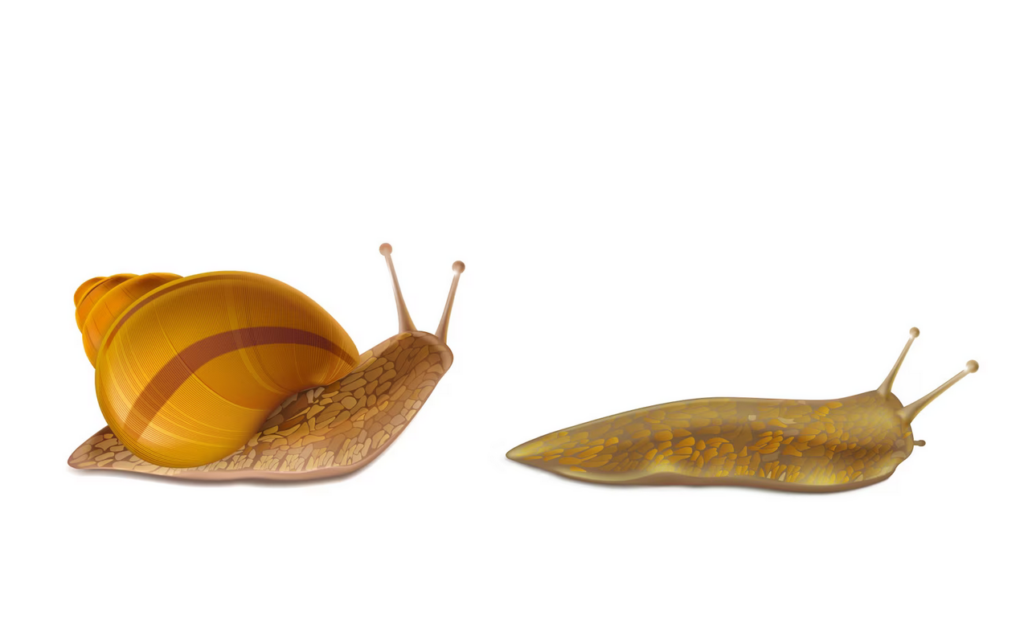
Undoubtedly, the destructive nature of snails and slugs does not justify resorting to salt as retribution. However, have you ever wondered how these creatures, once inhabitants of water, evolved to thrive on land?
Remarkably, snails are the only group of mollusks that developed lungs as a replacement for gills, enabling them to adapt to terrestrial life. This evolutionary transition is believed to have occurred over 248 million years ago during the Mesozoic Era.
Evolution plays a significant role in the animal kingdom, elucidating why certain species survive while others struggle in the face of ever-changing climatic conditions.
Charles Darwin proposed that variation drives animal evolution, serving as the wellspring for natural selection. The renowned finches of the Galapagos Islands exemplify this concept, as they developed diverse beak shapes and sizes, enabling them to exploit a wide range of diets within different ecological niches.
In a similar vein, snails evolved lungs to facilitate their transition to land, which offered a richer abundance of plant life than their previous aquatic habitats. However, despite this adaptation, snails never acquired the ability to survive in completely arid environments.
Historians assert that the aquatic heritage of snails and slugs is evident in their distinctive locomotion, as they move with a layer of water in the form of moisture-absorbing mucus.
Even today, these creatures thrive in moist, cool, and shaded environments. They are compelled to take advantage of the cover of darkness to forage for food, spending most of their days concealed in crevices to evade the scorching sun.
Naturally, snails and slugs are known for their leisurely pace, averaging a speed of 0.006 miles per hour (0.28 centimeters per second). Nevertheless, they manage to cover significant distances during their nocturnal journeys.
Farmers can attest to how these slow-moving creatures ascend vertical plants, scale walls, and even reach the highest branches of citrus trees to devour the tender new growth.
Fortunately, there are more effective methods of dealing with snails and slugs that do not involve using harmful substances.
Snail and Slug Control in Your Garden: Salt-Free and Chemical-Free Methods
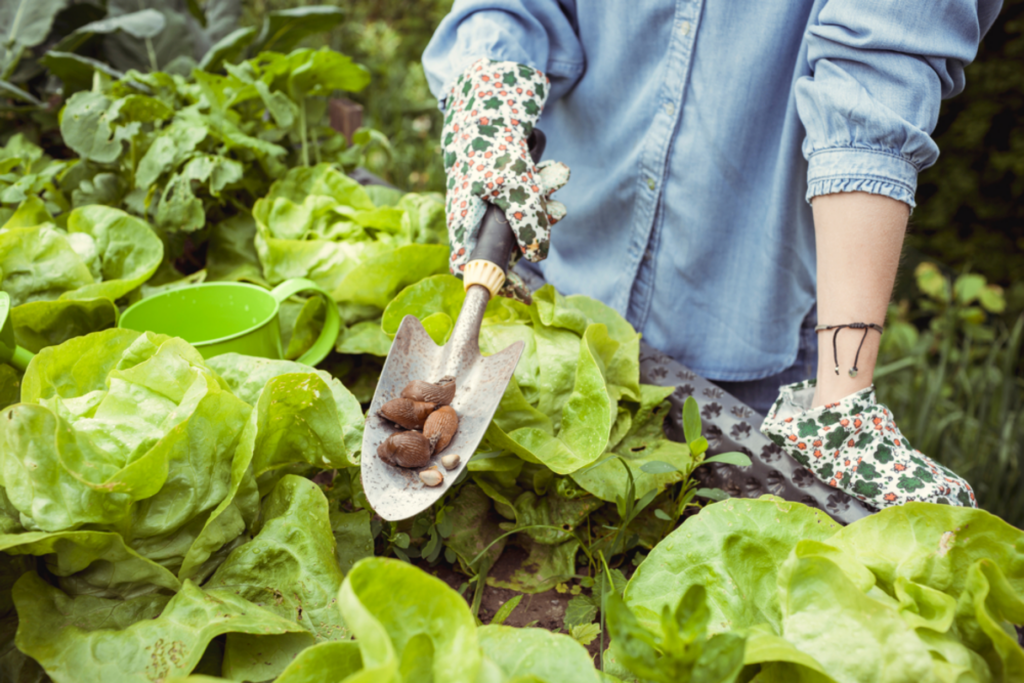
Using a Wet Board to Build a Protective Barrier
Throughout the years, numerous techniques have been developed to rid gardens of destructive snails and slugs without resorting to harmful substances. One effective method involves utilizing a simple board left on damp soil overnight.
As night falls, these nocturnal pests emerge from their hiding places in search of sustenance, only to seek shelter from the scorching sun in the nearest moist environment. Naturally, they gravitate towards the board, as it provides both shade and moisture.
Placing the board on small stones or bricks creates ample space for the slugs and snails to crawl underneath and seek refuge. When dawn breaks, it is crucial to carefully flip the board over and transport it away from the garden, ensuring the snails and slugs remain attached.
Once in a new location, you can scrape them off, providing them an alternative habitat where they can find alternative food sources far removed from your garden.
Using Snail Repellents
In response to the relentless destruction caused by snails and slugs, many frustrated farmers and gardeners have sought more humane methods to protect their plants. One such solution involves using a snail repellent, consisting of a blend of coffee or garlic, ground and mixed with water. This concoction goes by the common name of garlic spray.
This concoction is then applied as a spray, targeting both the leaves of the plants and the surrounding soil. The potent mixture acts as a deterrent, effectively discouraging snails and slugs from invading the garden.
The beauty of this approach lies in its ability to keep these creatures at bay without resorting to lethal measures.
Follow these steps to harness the power of garlic water as a deterrent for snails and slugs:
- Gather your ingredients: You will need fresh garlic bulbs and a couple of cups of water.
- Prepare the garlic: Take a garlic bulb and separate the individual cloves. Peel the cloves and crush them using a garlic press or finely chop them with a knife.
- Blend the garlic and water: In a blender, combine the crushed garlic cloves with the measured water. Blend the mixture until it reaches a smooth consistency.
- Allow for infusion: Transfer the blended garlic and water mixture into a container and let it sit for a few hours. This resting period allows for the chemical reaction that produces allicin, the compound responsible for the repellent properties of garlic, to infuse the water.
- Filter out solids: After the infusion time has passed, strain the mixture to remove any solid pieces of garlic. You can use a fine mesh sieve or cheesecloth to filter out the solids, ensuring only the liquid remains.
- Application: Spray the garlic solution directly on the plants and the surrounding soil. Focus on areas where these pests are known to gather or damage your preferred plants.
- Repeat as needed: To maintain its effectiveness, reapply the garlic spray after rainfall or every few days, especially if you observe persistent snail or slug activity.
Alternatively, I recommend the DOFF DOFAM004DS Slug and Snail Adhesive Copper Tape available on Amazon. Unlike a mixture or concoction, this environmentally-friendly deterrent serves as an effective method to safeguard your garden from snails and slugs.
Its functionality lies in creating a small electrical charge that startles these creatures whenever they attempt to cross it. Please note that this method does not cause harm or kill the slimy pests in the process.
Keeping Their Favorite Plants Away From the Desired Garden
Farmers who have studied snails and slugs closely have made an intriguing discovery: these pests have a particular fondness for certain plants. Specifically, snails have a strong affinity for lettuce compared to other plants.
Therefore, to safeguard your beautiful garden, it is advised that you strategically plant lettuce as a sacrificial offering. This will effectively lure the snails away from your preferred plants, ensuring their protection.
Water Your Plants in the Morning
It is common for people to water their plants in the evening, but this unintentionally attracts snails and slugs from their hiding places to the garden. The presence of moisture entices these pests to emerge from rocks and crevices and venture into the garden.
To avoid such invasions, it is recommended to water your plants in the morning instead. The sunlight throughout the day will help to dry up the garden before nighttime, creating an environment that is less appealing to snails and slugs.
Summary
There is no doubt that salt is highly detrimental to the survival of snails and slugs. Applying salt to their bodies will result in their death.
The salt particles initiate osmosis, causing a mucus-like substance to be expelled from the bodies of these mollusks. Consequently, the snails and slugs gradually dehydrate and eventually succumb to death.
It is unnecessary to intentionally inflict suffering on these creatures. Alternative methods are available to eradicate snails from your household, garden, or farm, and I highly recommend utilizing these approaches.
Frequently Asked Questions
How long does it take a slug to die with salt?
The length of time it takes for a slug to die from salt exposure can vary based on the slug’s size, the quantity of salt applied, and environmental conditions. However, typically it takes a few minutes to an hour for a slug to dehydrate and die after coming into direct contact with salt.
How do slugs die naturally?
Slugs die naturally due to a variety of factors, including old age, natural predators such as birds, amphibians, and certain insects, or exposure to harsh environmental conditions like severe cold or dryness. Diseases and parasitic infections can also naturally cause a slug’s death.
How to save a slug from salt?
If a slug has been exposed to salt, you can attempt to save it by placing it in cold water or on a piece of damp tissue paper. If the slug is still alive, it will rapidly absorb water through its skin, which could potentially help it recover from the dehydration caused by the salt.
Sources
- British Geological Survey: Gastropods
- NIH: Garlic: A Review of Potential Therapeutic Effects
- PBS: Evolution
- Science Focus: Why Does Salt Kill Slugs and Snails?
- ScienceDirect: Effect of common salt (NaCl) on reproductive tract dimension, haemolymph haemocyte count and biochemical parameters of Giant African Land snail (A. marginata) during dry season
- Week&: Garlic Spray for Slugs
